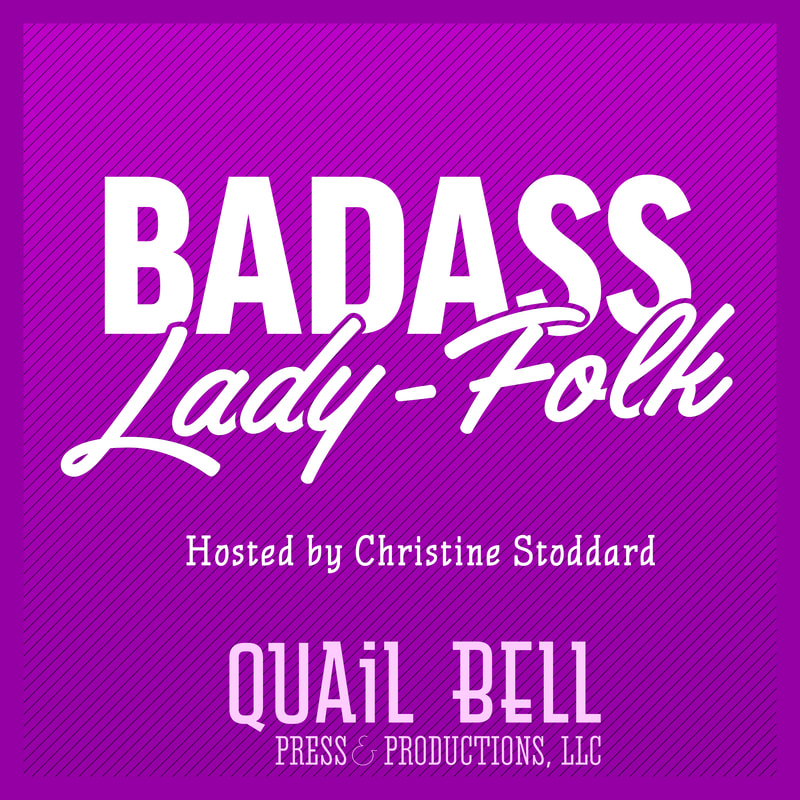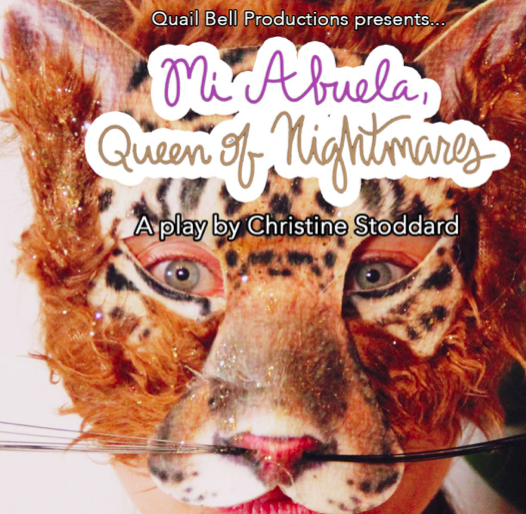|
The Breadcrumbs widget will appear here on the published site.
A Six-Day Irish Rebellion
By Fay Funk
The house my grandparents owned when I was a child was full of thought-provoking things. There were about five ancient Mac computers upstairs. Music boxes filled with trinkets decorated all corners of my grandparent’s bedroom. One of the most engrossing things they owned was a very old globe of the world. I liked put my finger down and spin the globe around, to see what country I would land on.
One day I went to visit my grandparents with my father, and went right to playing my favorite game with the globe. I spun it around, my finger close to the top of the world. The globe slowed, and my finger landed on and island. “England!” I shouted excitedly. My father looked over to where I was pointing. “No,” he said very pointedly. “That’s Ireland. It’s a different country.” “I thought they were the same place. They both speak English, and they’re right next to each other,” I said. “That’s true, but they are not the same country, they are two independent nations,” my father responded, then paused. “It’s complicated, “ he said, and that was that. My logic was not completely flawed when I was a child. Ireland’s proximity to Great Britain and English-speaking people reveal the complications my father did not have the energy to explain to me at the time. Ireland used to be part of the United Kingdom, for about 800 years or so. But that all changed 99 years ago, with the Easter Uprising of 1916. Ireland has a long history of failed rebellions against Great Britain. The Easter Uprising of 1916 was, in a sense, no different. The rebellion lasted six days, starting on Easter Monday, April 24, 1916. All of the leaders were captured, and most of the participants were jailed. The rebellion did not, at the time, start a revolution. The early years of the 20th century were a time of turmoil. World War I began in 1914, with England declaring war on Germany in August of that year. In Ireland, the big issue at hand was Home Rule, a long sought-after system in which Ireland would rule itself within the United Kingdom. The Government of Ireland Act 1914 passed Parliament, but due to World War I its implementation was postponed, and ultimately never came to fruition. Home Rule was like a carrot on a stick; always just out of reach. Irish politician John Redmond encouraged the Irish people to volunteer to fight for Britain in the war, with the hope that this would be the push Britain needed to implement Home Rule. For the Irish Republican Brotherhood, devolved power within the United Kingdom was not enough. The IRB was a longstanding secret organization with the goal of creating an independent Ireland. Seeing World War I and the postponement of Home Rule as the perfect opportunity, the IRB began planning a rebellion. The execution of the Easter Uprising involved coordination across a variety of groups, not all of them with the express purpose of creating a separate republican government in Ireland. The IRB recruited members of the Irish Volunteers, an organization that existed to protect Irish liberty. The Irish Volunteers pulled membership from strongly nationalist groups, including the Gaelic League and the notorious political party Sinn Fein. The Irish Citizen Army, formed to protect Irish workers protests from police, joined as well. Together these groups began planning a rebellion. The leadership was incredibly romantic; Patrick Pearse was a poet and a barrister. James Connolly, one of the leaders of the ICA, was an ardent Marxist, a founding member of several socialist political parties and a labor rights activist. Constance Markievetz was a Countess, women’s rights activist and Sinn Fein politician, who worked closely with James Connolly on a socialist agenda. With such a romantic leadership in place, the rebellion was doomed to be nothing more than that: a valiant and tragically doomed display. Easter, a holiday of resurrection and redemption, was chosen for maximum effect. Starting in Dublin and not progressing far beyond, the rebellion lasted six days, starting on Easter Monday, April 24, 1916. Composed mostly of members of the ICA and the Irish Volunteers, the rebellion first took over the post office. Bullet holes are still visible in the walls of the Dublin post office to this day. Several other landmarks, including Dublin City Hall, were captured over the next few days. The rebellion failed to capture landmarks like Trinity College and Dublin Castle, but held strong, fighting the British. After six days, Patrick Pearse gave unconditional surrender to the British. All of the leaders and many of the participants were imprisoned. The rebellion had been a failure. At the end of the fighting, 116 British soldiers were dead, and 318 Irish people, civilians and rebels, were also dead. Dublin was destroyed, commerce and food supplies to the city had been horribly disrupted. The Irish people were absolutely furious with the results of the rebellion, and opposed the actions taken greatly. What makes the Easter Uprising a different sort of Irish rebellion is how quickly the general public changed their tune. Almost overnight the Irish people went from hating the rebellion to lionizing its leaders, strongly opposing British presence in Ireland, and supporting further rebellion. And as with most rebellions in Ireland, the reason for this change in opinion was action taken by the British. The British took a harsh approach to dealing with the leaders of the rebellion. Seven of those in charge, the main leadership, were sentenced to death. Patrick Pearse, Joseph Plunkett, Eamonn Ceannt, James Connolly, Thomas Clarke, Thomas MacDonagh, and Sean MacDermott were all executed by firing squad at Kilmainham Gaol in Dublin. James Connolly, who had been grievously wounded in the rebellion, could not stand for his execution, and was tied to a chair and shot instead. Not all of the leadership was executed. Constance Markievetz was spared because she was a woman. Eamonn de Valera, a pivotal player during the War for Independence and the Irish Civil War, was also spared, due to having an American passport. The executions of those poets and activists leading the rebellion however confirmed an underlying fear of many of the Irish. The British viewed them as disposable, and not worthy of human rights. In the aftermath of the rebellion Ireland became more and more nationalist-leaning. A young participant in the Uprising, a man named Michael Collins, took command of the military wing of the rebellion, leading to the formation of the most infamous group to ever come out of Ireland, the Irish Republican Army. The tides of Irish opinion turned against British rule until the outbreak of the Irish War for Independence in 1919.
#Real #History #Ireland #Irish #England #English #UnitedKingdom #IrishHistory #GreatBritain #BritishHistory
Visit our shop and subscribe. Sponsor us. Submit and become a contributor. Like us on Facebook and follow us on Twitter.
CommentsComments are closed.
|
|









